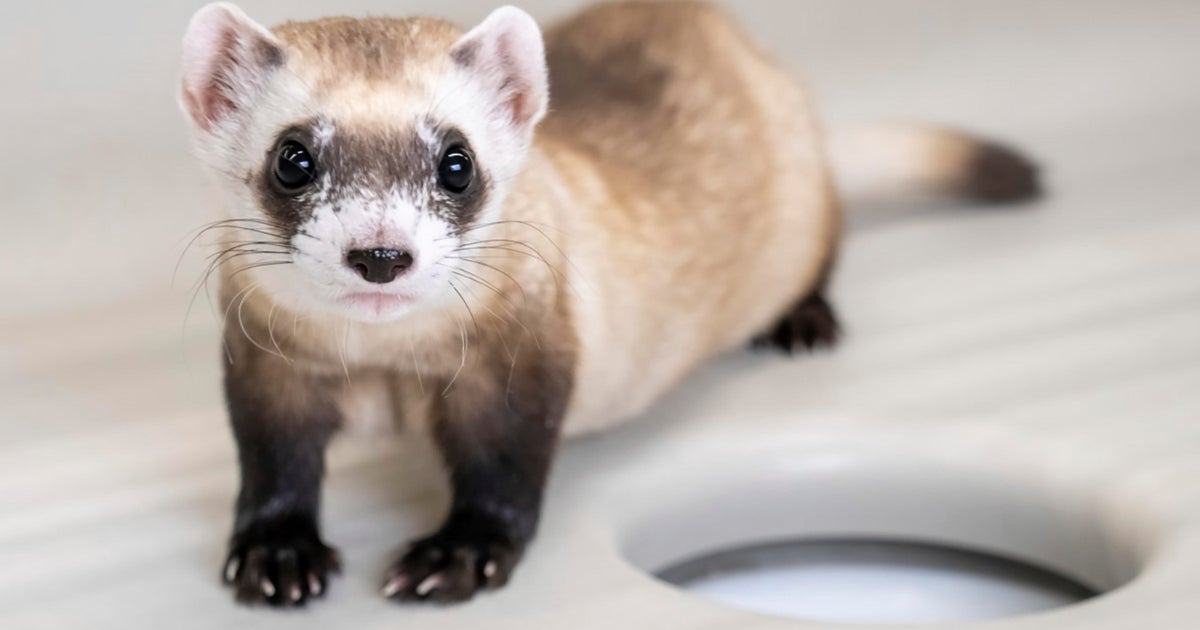Selfies – yes, selfies – could help diagnose rare genetic disease
Could diagnosing rare genetic disorders one day be as simple as snapping a picture with a smartphone? That’s what a new study suggests.
Researchers with the National Institutes of Health’s National Human Genome Research Institute (NHGRI) successfully used facial recognition software similar to that found in airports and on Facebook to diagnose a rare genetic disease called 22q11.2 deletion syndrome using photos alone.
The disease, also known as known as DiGeorge syndrome, can be difficult to diagnose in diverse populations since it leads to multiple defects, including heart problems, hearing loss, a cleft palate and other distinctive facial features. Yet early intervention can be critical to getting patients the right care.
“Human malformation syndromes appear different in different parts of the world,” Dr. Paul Kruszka, a geneticist in NHGRI’s Medical Genetics Branch, said in a statement. “Even experienced clinicians have difficulty diagnosing genetic syndromes in non-European populations.”
Doctors in 11 countries submitted 101 photos for use in the study, published last week in the American Journal of Medical Genetics. The researchers then used facial analysis technology to compare a group of 156 Caucasians, Africans, Asians and Latin Americans suffering from the disease with people who don’t have it.
Based on 126 individual facial features, they correctly diagnosed all ethnic groups 96.6 percent of the time, the researchers say. Their data is now part of the NIH’s Atlas of Human Malformation Syndromes in Diverse Populations, a resource launched last year to help clinicians diagnose birth defects and genetic diseases.
Doctors took the photos for the study using whatever photographic equipment they had available. But in an era when smartphones are already helping people determine if they have urinary tract infections and pre-clampsia, Marius George Linguraru, who developed the software, sees those devices as having the most potential reach in helping doctors make quick assessments.
“Eventually, we will have a simple tool that would enable doctors in clinics without state-of-the-art genetic facilities to take pictures of their patients on a smartphone and receive instant results,” said Linguraru, an investigator at the Sheikh Zayed Institute for Pediatric Surgical Innovation at Children’s National Health System in Washington, D.C.
Before that can happen, more clinical studies will be needed, as will FDA approval.
The study on DiGeorge syndrome is the second in an NHGRI series testing facial recognition software as a tool to diagnose inherited diseases in diverse populations. The first looked at Down syndrome, and the next will focus on Noonan syndrome and Williams syndrome, both rare but seen by many clinicians.
Tech Enabled: CNET chronicles tech’s role in providing new kinds of accessibility.
Technically Literate: Original works of short fiction with unique perspectives on tech, exclusively on CNET.




